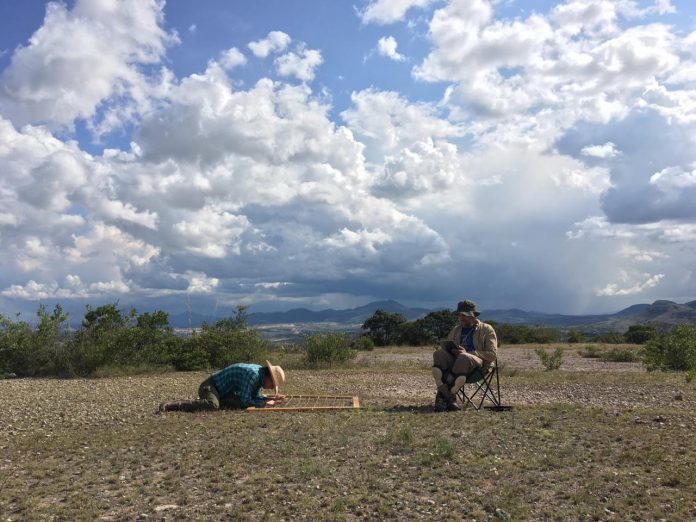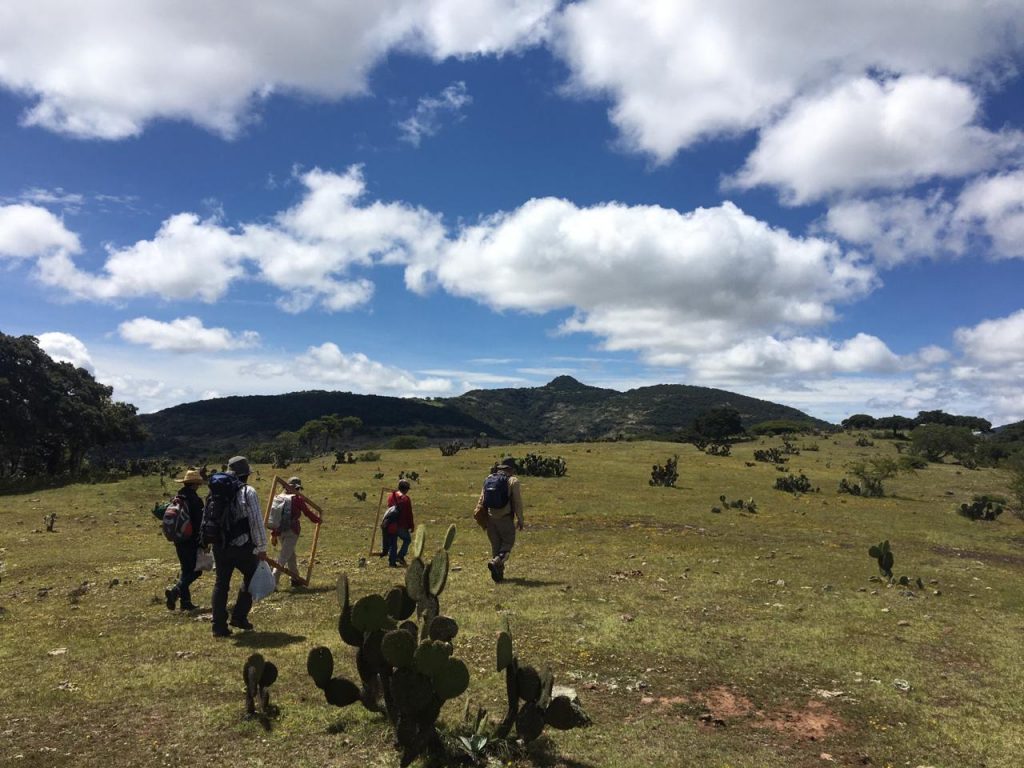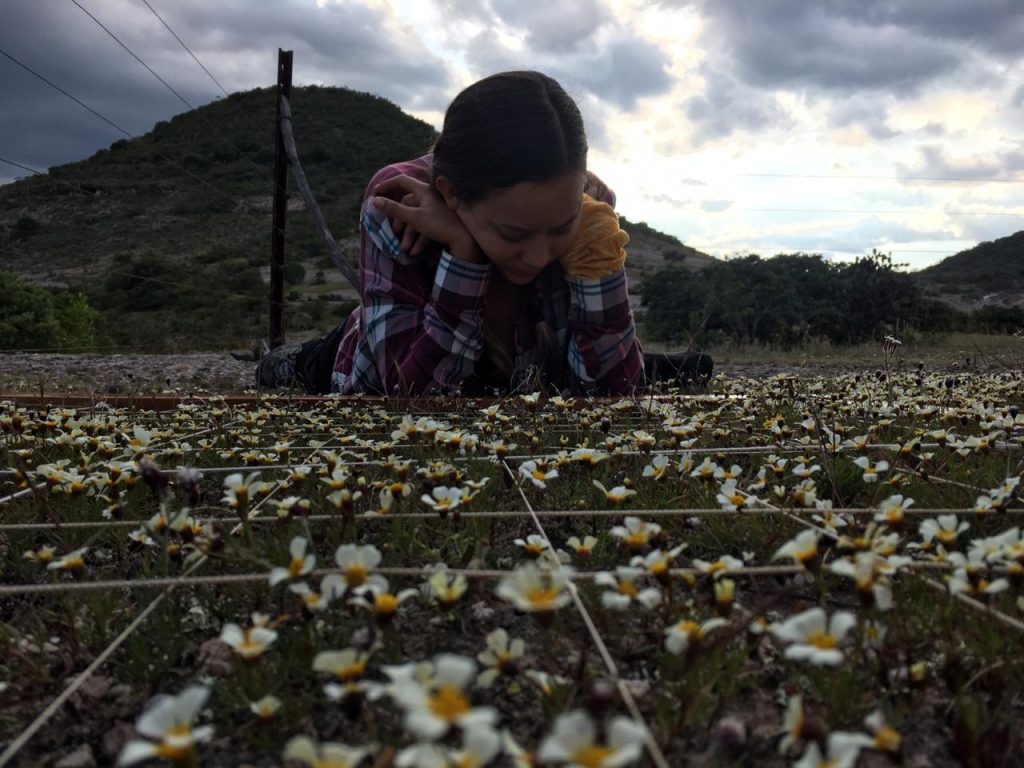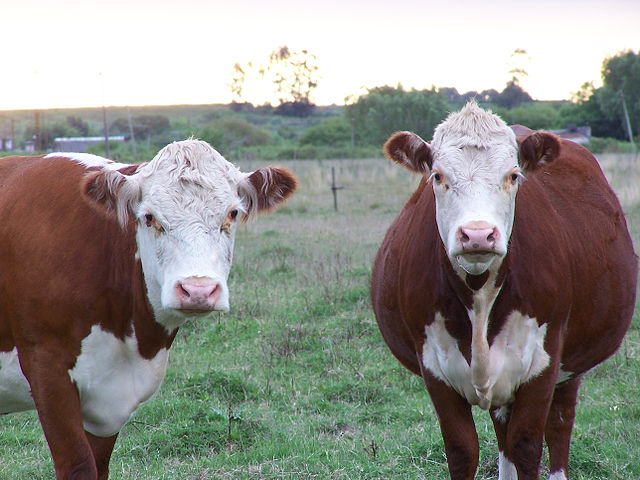
Gustavo note: This story was funded by the generosity of readers like ustedes and is part ofn a weeklong series of original content for my website. Check in every day this week for something new! Gracias, and do support independent journalism wherever you may be…
Legend maintains that a golden eagle perched on a nopal as it devours a snake signaled the place where the Mexica established Tenochititlan. This image lives on as Mexico’s national seal, and is at the center of the country’s iconic tricolored flag.
But few ever bother to think what’s missing: the grasslands on which the eagle depends on to survive.
Raising awareness of the dependence between one of Mexico’s strongest symbols and the southernmost dry grassland of North America might be just what it takes to save these Mexican ecosystems, says Carlos Martorell Delgado, an ecology professor at the National Autonomous University of Mexico (UNAM). He and his students have gathered ecological data about the grasslands in northern Oaxaca for almost twenty years that have unearthed a wealth of scientific publications, international prizes — and, oftentimes, a challenge to the imported management practices that have long tried to shape Mexico.
Conventional conservation practices cast ungulates (hooved mammals) as villains to grasslands capable of decimating species and leading to ecological disarray. Martorell Delgado and Carmen Vázquez Ribera, a master’s student in his lab, recognize that high-intensity overgrazing does strip away plant diversity from many of these biomes around the world. However, that’s not what Vázquez Ribera has found through her research on the grasslands of Oaxaca.

Keeping domestic cattle in some natural grasslands growing in deep soils in the Mixteca ranges of Oaxaca has helped to sustain plant diversity. Unaware of their ecological role, cows, sheep, horses, and donkeys act as guardians of the grassland by munching away at vigorous-growing native plants that could outcompete others if they were to overcrowd the system. This is what scientists know as competitive release: the grazers relieve the system from subtle plant “bullies.”
Their research, for which Vázquez Ribera has received an award from the Latin American chapter of the Ecological Society of America, found that the grassland without herbivores would have fewer species of plants because the “bullies” would take over.
Take biznaguitas, one of the tiniest, endemic, and endangered inhabitants of the Mixteca grasslands. The globose cacti are almost entirely covered with sea anemone-like white spines that like to flirt with their pink, showy flowers during winter.
“Mammillaria hernandezii would go extinct if there were no cattle,” explained Martorell Delgado, referring to the plant by its scientific name.
The reason these grasslands need cattle lies in their evolution. Millions of years ago, large herbivores roamed this land. When they went extinct, no other fauna replaced their grazing magic — until the Spanish brought cattle.
The balance between plants and grazers is fragile; however. If the number of livestock exceeds a threshold, an equilibrium that scientists are trying to figure out, plant life in the ecosystem plummets. This is something that also varies depending on the grassland. The group of researchers has found that those growing in shallow soils would be more at risk of losing its diversity.
These often-overlooked ecosystems, even by some Mexican botanists, are surprisingly species-rich. As Martorell Delgado points out: “Only 20% of the plant species found in these grasslands are grasses. The most common plants are members of the spurge family.”
And this is no minor thing in terms of plant diversity. Alejandra Martínez Blancas, a PhD candidate at UNAM in Martorell’s lab, said these grasslands hold the world record for plant diversity, along with a similar ecosystem in Estonia. With 25 species of plants in an area roughly the same size as the palm of a hand, grasslands outshine tropical rainforests if compared on the same scale.

Aslam Narváez Parra, a professional science illustrator based in Mexico City, very much like a police sketch artist, patiently recorded each of the 25 species living in this reduced space. Martorell later animated the individual images Narváez Parra created so that those attending his scientific lectures could appreciate this miniature world. (min. 27).
What the audience might not know is that behind the 25-second animation are years of research that start with Martorell and his students on their stomach to inspect this microcosmos. To imagine how micro, consider that plants in these grasslands have seeds the size of the head of a pin or even less, explained Verónica Zepeda Martínez, a PhD candidate in Ecology in Martorell’s lab.
To properly identify each plant to the scientific equivalent of their first and last name, the group of ecologists have allied with experts from other disciplines, like grass taxonomist Jorge Gabriel Sánchez Ken, a full-time professor at the Instituto de Ecología, A.C. Pátzcuaro, Michoacán.
Because of their size, hard-to-interpret morphology, and unique terminology for their study, grasses have a reputation as difficult plants in the botanical world. “It takes hours of close observation under the microscope, pulling structures apart with tweezers to get to know them,” said Sánchez Ken, who has helped Martorell Delgado identify the species of grasses growing in the fields of Oaxaca.
Unsurprisingly, protecting grasslands with such small plants doesn’t make for compelling poster images like woodlands or tropical rainforests. “The undervalue of grasslands lies in the powerful myth of the tree,” said Martorell Delgado.
There is a misconception that these ecosystems used to be forests that now need to be restored to its former glory by planting pine trees. Societal and governmental pressures to continue this practice persist even when science has proved these grasslands are natural and that planting trees is pointless — and destructive. Without open grasslands, golden eagles lose their feeding places; plant diversity is lost.
“Context is so important,” said Vázquez Ribera. “Trees should be planted where it’s needed, but not in places where there have never been trees.”
To help change their view of the grasslands, the research group has done outreach in the local community of Concepción Buenavista, located 1.5 hours northwest of Oaxaca City. They have worked mostly with children, showing them the diversity of plants visible when laying on ground level.
“The goal is to make them feel proud of their grasslands,” said Martínez Blancas.
Their efforts have paid off, but by the time these children reach decision-making positions it might be too late for these ecosystems.
“Even when we have a state that’s named after grass, [Zacatecas, which comes from the word zacate], we don’t have a concept of what our grasslands are,” added Martorell. “We need well-informed, science-based environmentalism.”
Lorena is a Mexican scientist who’s left her own research to write about somebody else’s, especially ciencia hecha en México. Find her on Twitter @lorevial









